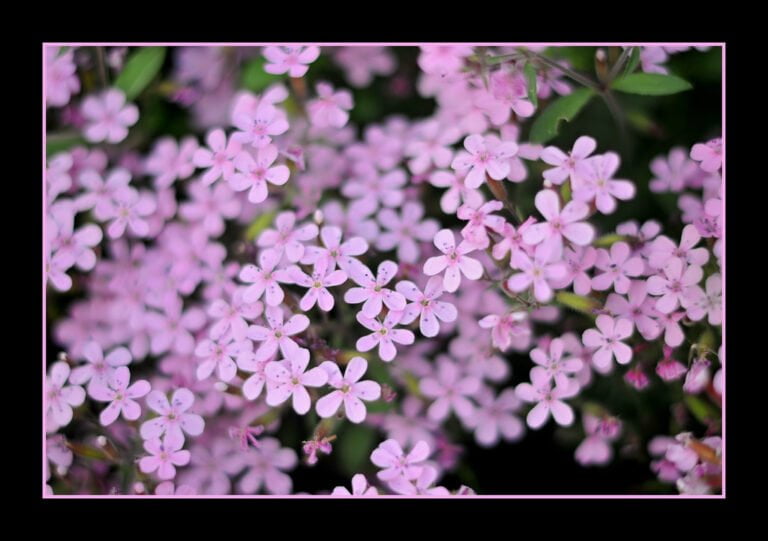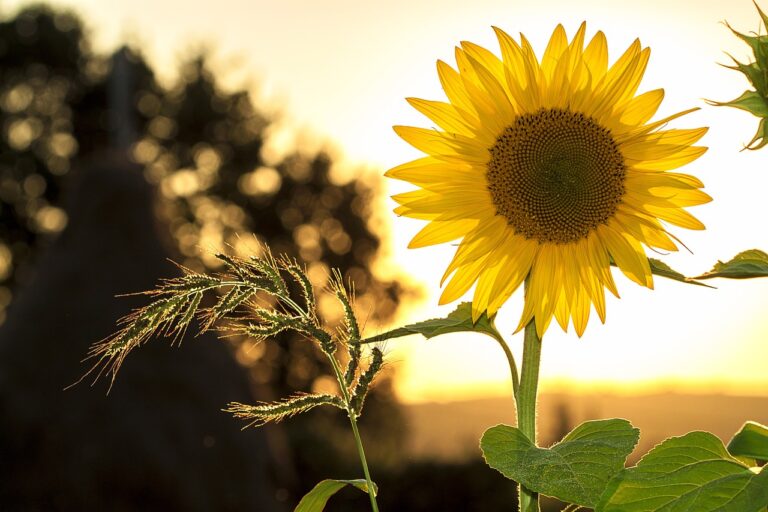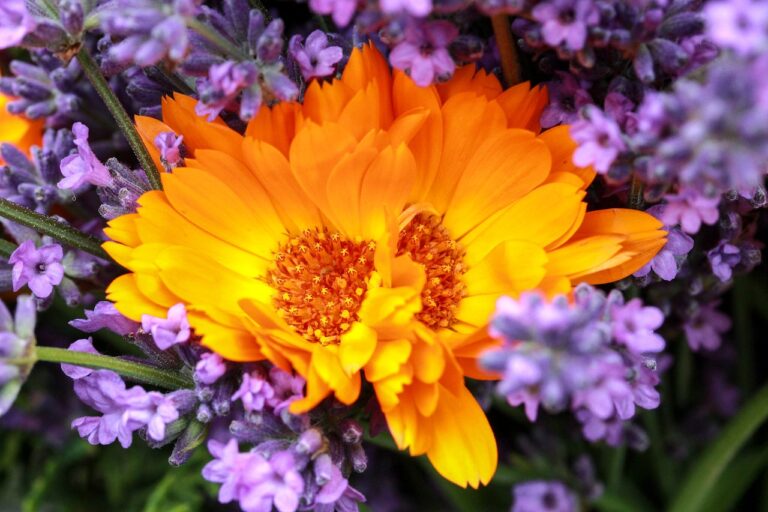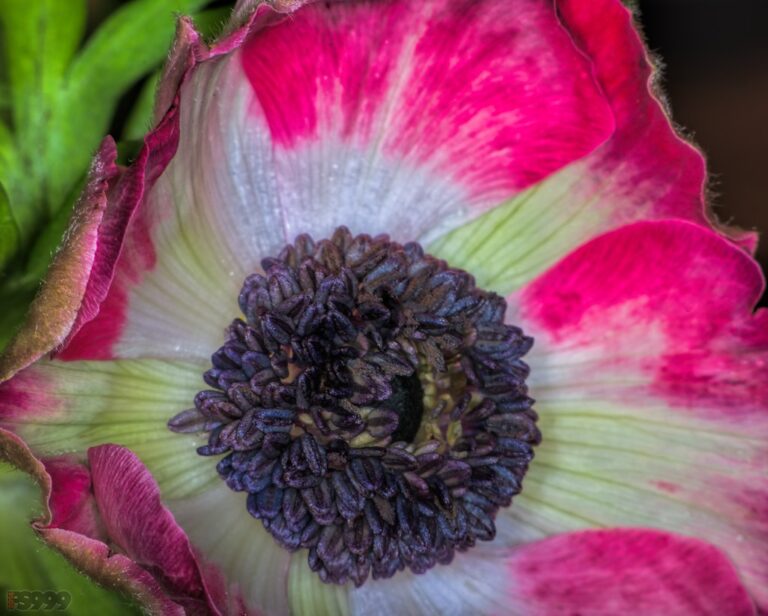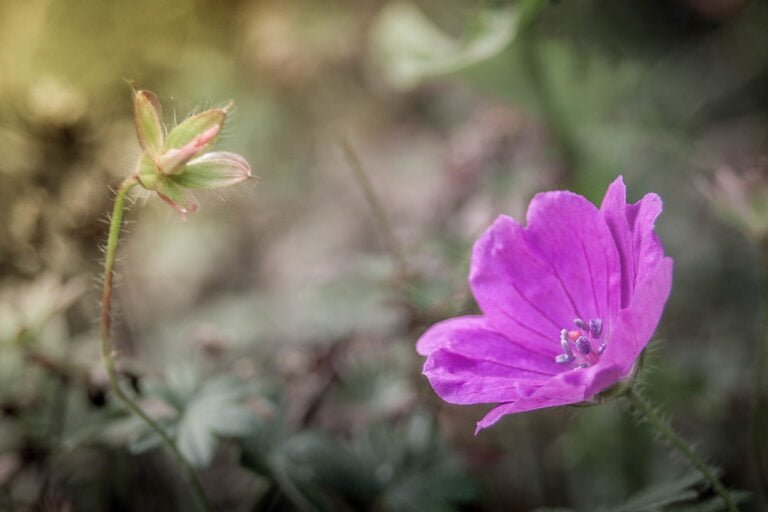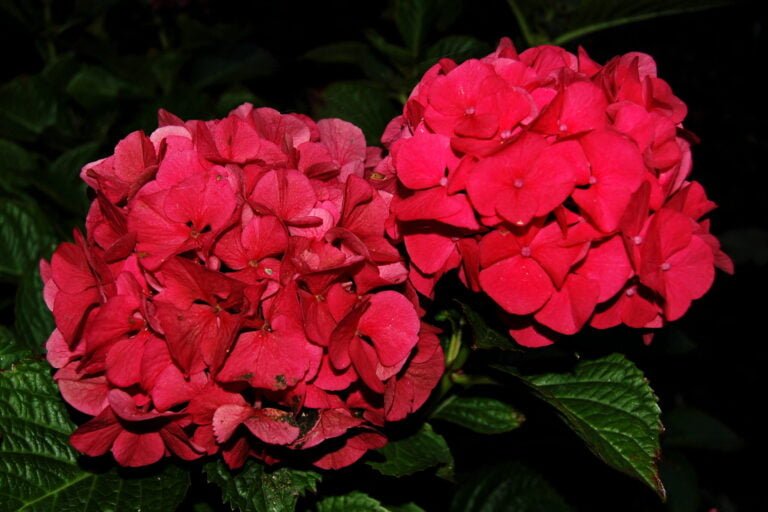Exploring the Beauty of Blue Flower Shrubs
I am enchanted by the mesmerizing hues of blue flower shrubs. The unique pigments like delphinidin and cyanidin create their stunning blues. Cape Leadwort and Sea Holly evolved ornate shapes to attract pollinators. Blue Hyacinths offer various shades from deep indigos to sky blues. Blue Squill varieties thrive in the sun, attracting bees and butterflies effortlessly. Striped Squill blooms fascinate with vibrant blue stripes and delicate petals. The evolution and elegance of blue flower shrubs make them a fascinating subject to investigate, revealing more beauty and wonder with each plant discovered.
Unique Blue Pigments in Flowers
Delightfully, blue flowers derive their unique color from pigments such as delphinidin and cyanidin, reflecting a mesmerizing hue that enchants the eye. These blue pigments are the magic behind the rare beauty of blue flowers, absorbing specific wavelengths of light and giving rise to the stunning blue hues that charm us. Delphinidin and cyanidin belong to a class of compounds known as anthocyanins, which are responsible for the vivid colors seen in many flowers.
Delphinidin is particularly vital in producing shades of blue, contributing to the rich coloring that makes blue flowers so special. This pigment absorbs orange and yellow wavelengths of light, allowing only the blue light to be reflected back to our eyes. On the other hand, cyanidin also plays a role in the blue pigmentation of flowers, with its unique properties enhancing the overall color intensity and depth.
The intricate biochemical pathways involved in the production of these blue pigments showcase the marvels of nature’s design. Understanding how delphinidin and cyanidin are synthesized within plants not only sheds light on the process of color creation but also opens up possibilities for breeding new varieties of blue flowers. The allure of blue flowers lies not just in their visual appeal but also in the scientific wonders that underlie their breathtaking beauty.
Evolution of Blue Flower Shrubs
Blue flower shrubs have undergone a fascinating evolutionary journey, adapting their vibrant blue colors to attract specific pollinators like bees. This process of evolution has led to the development of unique characteristics in blue flower shrubs, making them particularly intriguing. Here are some key points to ponder when exploring the evolution of blue flower shrubs:
- Cape Leadwort: This species is known for its stunning blue flowers that have evolved to stand out in their natural habitat, attracting bees and other pollinators essential for their survival.
- Sea Holly: The Sea Holly is another example of a blue flower shrub that has evolved over time to exhibit enchanting blue hues, ensuring its visibility to pollinators in coastal regions.
- Showy Flowers: Blue flower shrubs often produce ornate flowers with intricate patterns and shapes, a result of their evolutionary journey to maximize attraction to pollinators.
- Biochemical Pathways: The evolution of blue pigment in flower shrubs involves intricate biochemical pathways that have developed to produce the vibrant blue colors seen in these plants today.
The evolution of blue flower shrubs is a marvel of nature, showcasing the elaborate processes that have shaped these beautiful plants into the alluring specimens we admire today.
Allure of Blue Hyacinths
The alluring charm of Blue Hyacinths beckons to gardeners and nature enthusiasts alike, drawing them into a world of vibrant color and unique beauty. These beautiful blue flowers are renowned for their diverse shades of blue, ranging from deep indigos to soft sky blues. What sets Blue Hyacinths apart is their distinct blue hue, which is a result of a unique biochemical synthesis process that produces their mesmerizing blue pigment.
When considering garden landscapes, the addition of Blue Hyacinths can truly enrich the beauty of any space. The striking blue tones of these flowers can brighten up any garden corner, adding a pop of color that is both soothing and invigorating. Their presence brings a sense of tranquility and elegance, creating a serene atmosphere that mesmerizes all who behold them.
In contrast to other blue flower varieties like squill, Blue Hyacinths stand out with their specific shades of blue that emanate a sense of sophistication and charm. While squill may feature blue stripes that contrast beautifully in garden settings, the pure and rich blues of Hyacinths offer a different kind of allure, evoking a sense of wonder and delight in those who appreciate the beauty of nature.
Charm of Blue Squill Varieties
With a mesmerizing range of hues and an irresistible allure, Blue Squill varieties effortlessly enrich any garden landscape. These charming blue blooms are not only visually stunning but also easy to cultivate, making them a must-have for any garden enthusiast. Here are some fascinating aspects of Blue Squill varieties:
- Vibrant Blue Blooms: Blue Squill varieties feature striking blue anthers that add a vibrant burst of color to any garden, creating a visually enchanting display.
- Thrives in Full Sun: These blue flowering plants thrive in full sun, making them a perfect choice for brightening up garden beds and borders under the warm sunlight.
- Easy to Grow: Blue Squill bulbs are incredibly easy to cultivate and maintain, making them an ideal option for both experienced and novice gardeners looking to add a touch of blue to their outdoor spaces.
- Pollinator Magnet: The charming blue flowers of Squill varieties act as a magnet for pollinators like bees and butterflies, bringing life and movement to your garden while supporting local ecosystems.
Embracing the beauty of Blue Squill varieties not only adds a splash of color to your garden but also invites beneficial pollinators, creating a harmonious and visually enriching outdoor sanctuary.
Elegance of Striped Squill Blooms
Surrounded by the lively garden blooms, the grace of Striped Squill blossoms enchants with its striking blue stripes and delicate petals. This deer-resistant beauty graces early spring with vibrant blue hues, adding a splash of color to any garden landscape. The intricate blue stripes on its petals, paired with blue anthers against white and blue striped petals, create a mesmerizing display of elegance.
To cultivate the elegance of Striped Squill in your garden, make sure it is planted in well-drained soil and receives full sun to partial shade. This plant thrives when naturalized in woodlands or rock gardens, where its unique beauty can truly shine. The pH of the soil is important for the best growth of Striped Squill, so be sure to check and adjust accordingly.
Choosing Striped Squill for your garden not only brings a touch of sophistication but also a sense of wonder as its delicate blooms unfurl. The distinct blue stripes make it a standout choice among other spring blooms, captivating all who encounter its beauty. Embrace the elegance of Striped Squill and enhance your garden with its enchanting presence.

